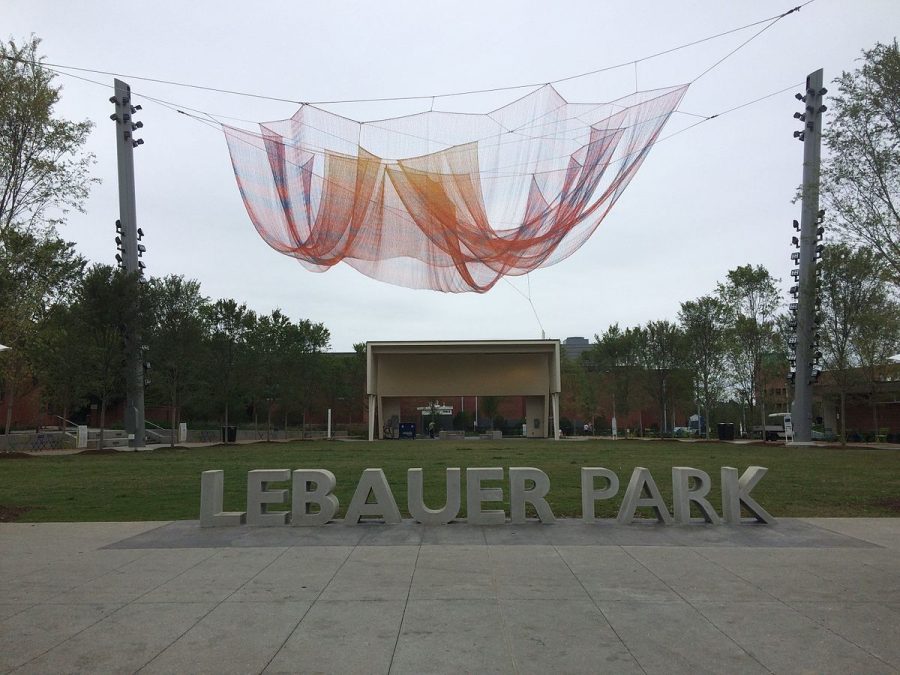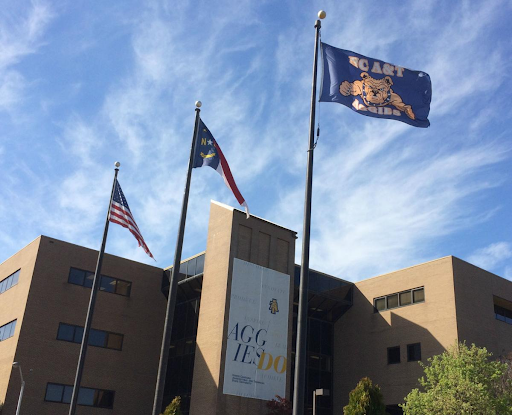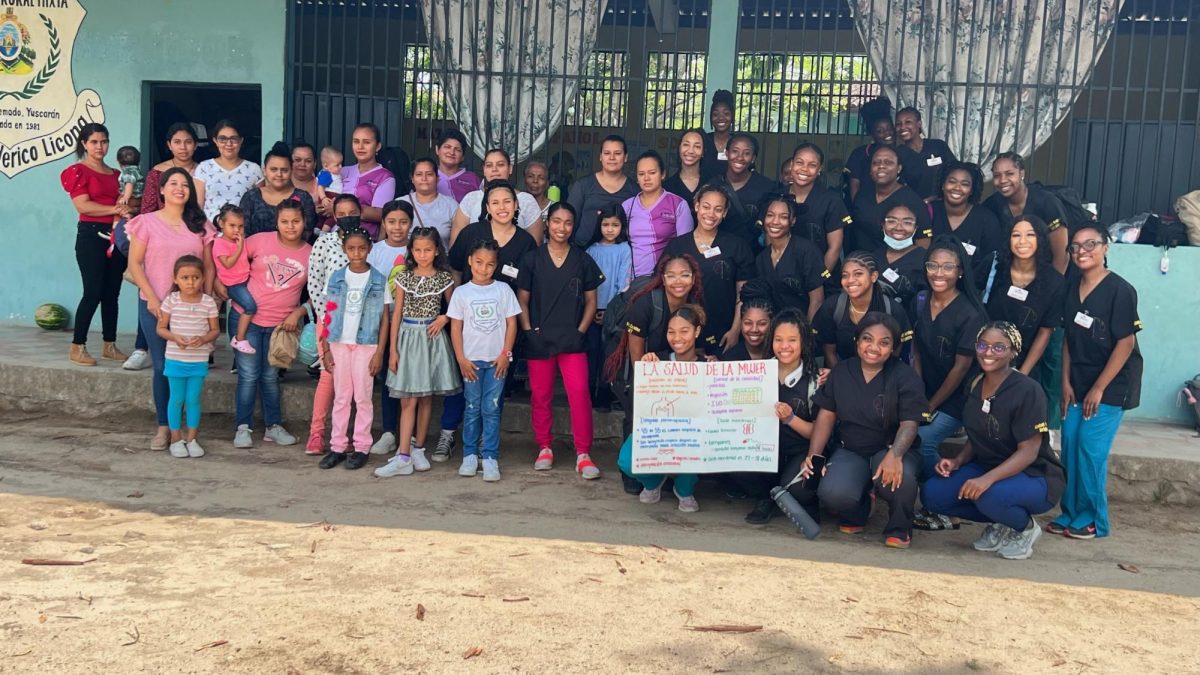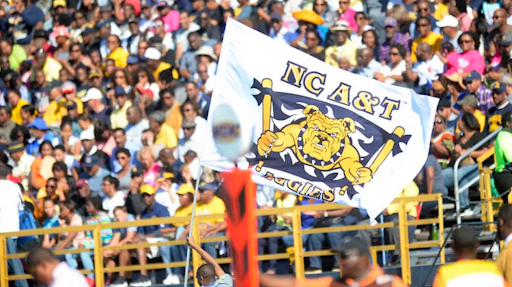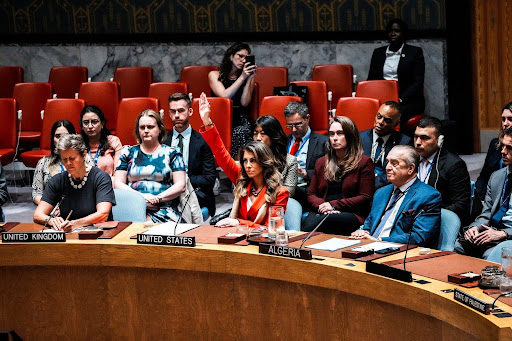The Greensboro Regional Realtors Association and Transit Alliance of the Piedmont hosted a civic engagement event last week discussing spending allocations with the COVID-19 relief funds.
The “Getting Us All Connected” workshop was an in-person version of the virtual spending simulator created to help Greensboro City Council gauge the community’s thoughts and ideas. City officials heard from their community members and used play money to identify local needs and how COVID-19 relief funds should be directed.
Based on the U.S. Treasury Department’s guidelines for American Rescue Plan (ARP) funds, Greensboro City Council identified the following priorities: community programs, infrastructure and recovering revenue lost due to the pandemic.
Approximately 850 people have used the spending simulator to identify how much of the American Rescue Plan funds should be spent on each priority and to submit ideas of their own.
“There is a lot of money up at the state,” Mayor Nancy Vaughn told community members Thursday.
The City of Greensboro will receive $59 million, and Guilford County will receive over $100 million in relief funds from ARP. Other programs throughout the state have been specifically funded for uses like health or housing.
Participants at Thursday’s workshop focused on two key infrastructure issues: affordable housing and transportation.
Most of the individuals in the affordable housing group were social workers who work with Greensboro’s homeless population and meet their needs.
The Interactive Resource Center, which works to end homelessness in Greensboro, reports that every night, more than 900 people go to sleep homeless. Affordable housing was also a personal need for workshop participants.
“[I’m] currently trying to buy a house,” Angel Baptist, a social worker and N.C. A&T alum, said. “The market is so bad, because the inventory is so low, that even I, who has a job, is struggling to find a house…within the means of what I’m able to afford.”
The transportation group started its discussion by adding more bike lanes but evolved to include transportation accessibility.
UNCG’s Center for Community-Engaged Design had a booth promoting its Gate City Boulevard Connection Project. It is a renovation of Gate City Boulevard between UNCG’s campus and Downtown, reducing traffic, widening sidewalks and adding green spaces to “create a streetscape specifically for people.”
Sheldon Herman, a bike advocate with Bikesboro and partner with the Gate City Boulevard Project, believes there is a correlation between the beautification, bike and pedestrian friendliness of a street and the area’s prosperity. He noted the A&T Greenway connecting to Downtown should be finished.
“A high priority [for the group] was to not talk about it but actually finish the A&T Greenway and have it connect to the Downtown Greenway. That’s been a project that’s been ongoing since probably the last trains ran on those tracks in the mid-60s,” Herman said.
According to its website, the Downtown Greenway has one mile left to complete this year.
In A&T’s Preeminence 2027 presentation to the Board of Trustees in February, a connection to the Downtown Greenway was included in the Master Plan, and a trail is also drawn in on the planned connections map for the city.
The redesigning of streets was not viewed only as beautification and connectivity that could attract more businesses and investors but they agreed that access to bikes and other alternative transportation enables access to jobs.
The bike group argued that when designing transportations systems, bicycles, pedestrians and transit should be considered equal to automobile transportation.
“You have to be able to cross Battleground for people to use a bus. There’s a lot of crossings you can’t cross the street to get the bus,” Herman said when addressing if Battleground Avenue were to be rebuilt.
Both affordable housing and transportation projects could be funded through the American Rescue Plan.
Applications will be submitted to City Council Oct. 1 to Nov. 5. The funds must be spent by the end of 2026.

